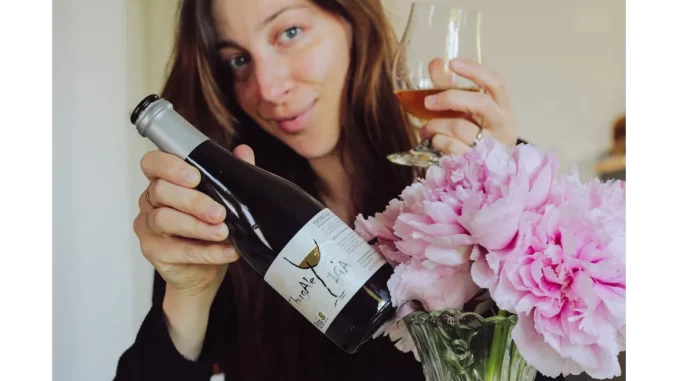
In a world where the art of serving wine is often overshadowed by the simplicity of popping open a bottle and pouring it straight into a glass, Emily Saunders, a seasoned sommelier at a renowned vineyard, reminds us of the transformative power of decanting. As I sat down with her for an enlightening conversation, she unravelled the intricacies of wine service, particularly focusing on the merits of decanting both young, tannic reds and aged vintage wines. Her insights offered a refreshing perspective on how a simple act could elevate the wine-drinking experience, allowing both the wine and the occasion to shine.
“Decanting is like a gentle awakening for wines,” Emily began, her eyes lighting up with passion for her craft. “Especially for young, tannic reds, the process softens those robust tannins. It’s akin to giving the wine a chance to stretch its legs, shake off its initial stiffness, and reveal its more complex, secondary characteristics.”
For the uninitiated, tannins are the compounds in wine that contribute to its structure and astringency. These are particularly prevalent in younger reds, which can often feel sharp on the palate. Emily explained that allowing these wines to breathe in a decanter for about 30 minutes smooths out these edges, offering a more balanced and enjoyable flavour profile. “It’s like magic,” she mused, “watching a wine transform and unfold its layers right before your eyes.”
But decanting isn’t just for the young. Emily stressed the importance of decanting older vintage wines as well, albeit with a touch more care. “Older wines, those that have had the luxury of time to develop rich, fruit-forward profiles and complex oak nuances, can benefit just as much from decanting. The process allows them to open up, enhancing their mouthfeel and revealing the delicate subtleties that have developed over the years.”
I was curious about the tools of the trade. When asked about the necessity of fancy decanters, Emily laughed. “You don’t need a crystal carafe to decant a good wine. At home, I often use simple juice carafes. The key is to expose the wine to air, so even a wide glass jug will do the trick. It’s about the wine, not the vessel.”
Emily’s practical approach to decanting debunked the myth that one needs an arsenal of expensive gadgets to appreciate fine wine. Yet, she acknowledged that for those who enjoy the ritual and aesthetics, investing in a decanter with a broad base to increase the wine’s surface area can enhance the experience.
As our conversation deepened, Emily touched upon the often-debated topic of aeration versus decanting. “Aeration is a bit like taking a shortcut—it’s fast, but it can be harsh, especially on aged wines. I reserve aerators for young, robust wines that need a quick breath of air. But for anything over five years, I’ll always opt for a gentle decant.”
Her analogy of using a baseball bat versus a feather duster illustrated the delicate nature of decanting versus the more forceful aeration. “With older wines, you want to coax out the aromas and flavours delicately. They’ve already been through so much; they deserve a gentle hand.”
Emily’s insights were not just theoretical; they were grounded in years of practice and observation. Her dedication to the art of wine serving was evident, and her enthusiasm was contagious. As we concluded our chat, she left me with a simple yet profound thought: “Wine is about enjoyment. It’s about savouring the moment, the company, and the flavours. Decanting is just one way to make that experience all the more memorable.”
For those looking to elevate their wine service at home, Emily’s advice was clear: “Don’t be afraid to experiment. Try decanting your next bottle of young red or vintage wine, and see the difference it makes. It’s a small step that can lead to great discoveries.”
In a world where the nuances of wine can often seem intimidating, Emily Saunders’ approach was a breath of fresh air. Her emphasis on accessibility and enjoyment over complexity and pretension was a reminder that at the heart of wine service is a simple desire to enhance the moment. Whether you’re hosting a dinner party or enjoying a quiet evening at home, the art of decanting offers a way to connect more deeply with the wine, and by extension, with those around you.
Diana Tahjmir


Be the first to comment